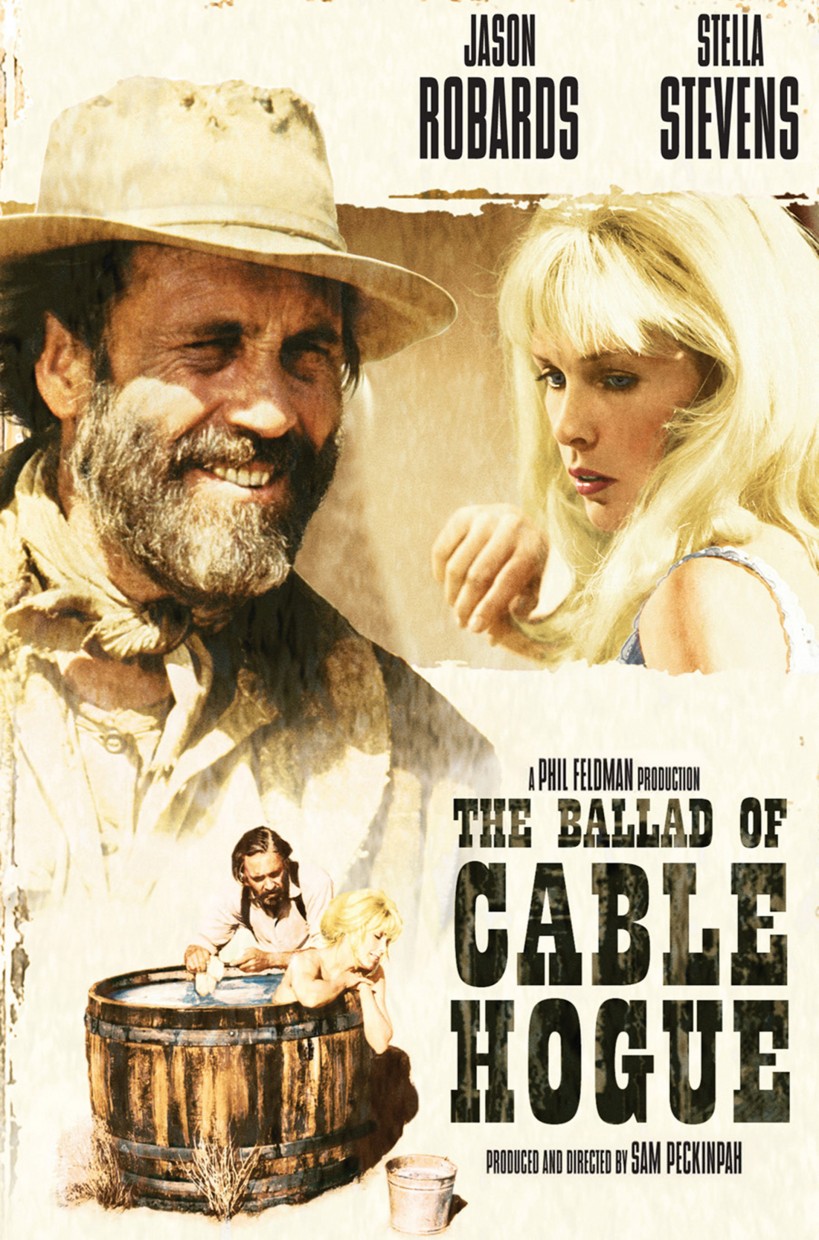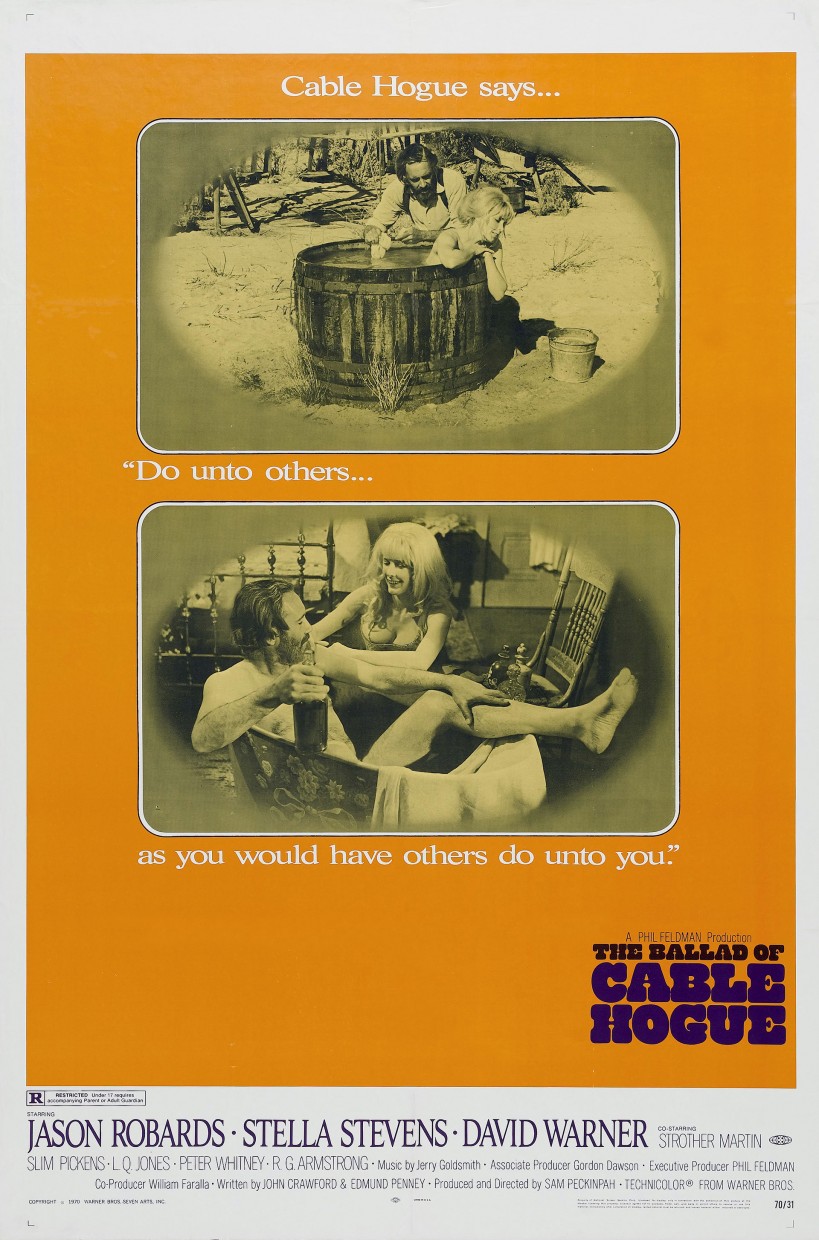Severed: Forest of the Dead addresses
the dangers of genetic experimentation, but it also highlights the need
for communal action and a biotic community to overcome its
repercussions. Overhead shots of a massive dense forest establish the
setting and introduce the film’s first conflict between environmental
activists and loggers. Shots of protesting activists are juxtaposed with
footage of loggers cutting down and preparing timber, illustrating the
whole lumbering process from forest to truck to processing. Activists
chain themselves to trees while loggers work. A banner shows us that
these young environmentalists represent the Forest Action Committee.
Their signs declare, “Greed will not clean our air” and argue against
depleting natural resources. They shout at the loggers, “get out of our
forest!”
Trailer

Mac, the logger boss (Julian Christopher) at
first confronts the environmentalists, warning his men to be careful
because the protesters are too close. But he also opposes the company
bosses for whom he works. When he sees two company research scientists
taking samples from an enormous tree, he tells them to come down for
“less talk and more chop.” One of these researchers, Carter (J.R.
Bourne), notices extra thick sap and announces, “Something isn’t right…
I’ve never seen this volume of sap before,” but he tells Mac there’s no
cause for alarm instead of revealing its source: the company is testing
GX1144, a new GMO product the company believes will accelerate growth
and increase yields.

Tree horror is the result of these genetic
experiments. When a logger cuts down the altered tree, the remaining
trunk is covered with red sap that flows down its bark like blood. It
oozes as the logger saws through the trunk. Activists have spiked the
tree in protest. The chain saw hits the spike, sending it flying back.
It slashes the logger. Mac calls for help, but the logger begins
convulsing. His eyes turn red. He begins to growl and grab at the other
loggers. He has turned into a viral zombie, a “natural” eco-zombie,
according to S. J. Lauro (2011). For Lauro, the eco-zombie in
Severed “incarnates
anxieties regarding the abuses of the planet by capitalist industry”
(pg. 61). The next scene confirms Lauro’s claim. Lumber company
corporate officers and board members discuss the success of GX1144. It
has increased profits by 15%. Their goal is to expand the testing area
for the genetically altered lumber until a secretary shares bad news
about the logging camp. They have lost contact with the camp and blame
the Forest Action Committee, led by Rita Hoffman (Sarah Lind). The
logging camp is in the testing area, and if Hoffman finds out, it might
draw undue attention to their GX1144 program.

To address the board’s concerns, its members send
the CEO’s son Tyler (Paul Campbell) to the camp. Although representing
the enemy, Tyler ultimately becomes part of a biotic community that also
includes loggers and environmentalists. His entrance in the camp also
shows us what happens when we disturb the natural order: monsters. When
Tyler drives his truck off the ferry, the logging camp is deserted and
in shambles. Undead loggers feed on corpses, but Tyler escapes into a
forest and hides in a shed with unscathed logger Luke (Michael Teigen),
environmental activist Rita, logging boss Mac and company man Carter.
Rita tells Tyler he has been “raping the earth” and the GMO-induced
infection supports her claim. This secret GX1144 testing area must be
quarantined to maintain stock prices, and their survival depends on
collectively battling monstrous results of bad science.

The rest of the narrative focuses on the clashes
with zombies that the loggers and environmental activists must face
together. Rita, Tyler, and Mac form an unlikely alliance that shows the
power of community. Carter is the weak link in their group, and
ultimately nearly kills them all because he refuses to cooperate. He and
the logging corporation usurp the power of the new community. The
group’s first attempt to escape is thwarted by the company men who block
the bridge to town and through Carter’s unwillingness to share blame.
Carter reveals the problems with GX1144 only after Mac threatens him,
arguing that he is the only one “who can end clear-cut logging.” Carter
and the company men also halt the group’s second attempts to escape
through a second logging camp. Company thugs shoot at the group from
helicopters. Other loggers capture and hood them, taking them back to
their camp. Led by Anderson (Patrick Gallagher), these loggers have
created a more hostile community than Mac’s. They threaten Rita and
target zombies daily, ritually killing them in a carefully constructed
gladiator arena. Carter sneaks away from the compound and deliberately
leaves the gates to the prison open, so the remaining zombies attack,
killing Mac, Carter, and Tyler. Rita escapes, reaching a road. The last
shot shows Tyler’s heartless father in his enormous mansion toasting his
dead son.

Ultimately the message of this campy film makes
legitimate claims. First of all, messing with nature through genetic
experimentation can be dangerous. Although the science behind these
genetically modified trees is highly exaggerated, it is based in fact.
Botanists agree these genetically modified “transgenic” trees have the
potential to both benefit and devastate the environment. In a University
of British Columbia Terry Project report (2015)
http://www.terry.ubc.ca/files/PBL/GMPBL3.pdf, proponents argue,
“Tree genomics has the potential to considerably improve the planting
stock by reproducing desirable traits such as resistance to insects,
extreme climates and herbicide or increasing the wood quantity and
quality,” especially in the Anthropocene Age This same report also notes
concerns, asserting that transgenic trees may propagate gene flow and
Superweeds:
“Gene flow could create considerable species displacement and ecosystem disruption”
The report supports these concerns with examples
from experimental plantings in China (Terry Project, 2015). In a
briefing paper issued by the Global Justice Ecology Project (2015), Dr.
D. Suzuki agrees, declaring transgenic trees have
“the potential to transfer pollen for hundreds
of miles carrying genes for traits including insect resistance,
herbicide resistance, sterility and reduced lignin [supportive
structural plant materials].”
These transgenic trees “have the potential to
wreak ecological havoc throughout the world’s national forests.”
Transgenic trees may not produce zombies, but they may “increase human
exposure to hazardous chemicals” (Global Justice, 2015). Severed may illustrate an extreme consequence of planting transgenic trees, but its horror themes are based in science.
If a GMO tree crisis occurs, however, the
solution is communal rather than individual. Carter and the company are
clearly painted as enemies in the film, as greedy exploiters of both
human and nonhuman nature. Rita is also culpable in the infestation,
since she and her environmental group spiked the tree that infected the
logger. Because she alone survives, however, the film suggests her
crimes are minor compared to those of Carter and the company men who
would let even their own children die. Ultimately, environmentalists
must team up with at least some loggers to overcome the corrupt company
battling them both.

























 Mac, the logger boss (Julian Christopher) at
first confronts the environmentalists, warning his men to be careful
because the protesters are too close. But he also opposes the company
bosses for whom he works. When he sees two company research scientists
taking samples from an enormous tree, he tells them to come down for
“less talk and more chop.” One of these researchers, Carter (J.R.
Bourne), notices extra thick sap and announces, “Something isn’t right…
I’ve never seen this volume of sap before,” but he tells Mac there’s no
cause for alarm instead of revealing its source: the company is testing
GX1144, a new GMO product the company believes will accelerate growth
and increase yields.
Mac, the logger boss (Julian Christopher) at
first confronts the environmentalists, warning his men to be careful
because the protesters are too close. But he also opposes the company
bosses for whom he works. When he sees two company research scientists
taking samples from an enormous tree, he tells them to come down for
“less talk and more chop.” One of these researchers, Carter (J.R.
Bourne), notices extra thick sap and announces, “Something isn’t right…
I’ve never seen this volume of sap before,” but he tells Mac there’s no
cause for alarm instead of revealing its source: the company is testing
GX1144, a new GMO product the company believes will accelerate growth
and increase yields.








